New York, 23 September 2014: National and local governments, mayors, financial institutions, and private sector companies have made robust commitments to the fight against climate change as the United Nations Secretary-General, Mr Ban Ki-moon, highlighted cities as one of the key areas of action that need attention.
Mr Ban was speaking at the Climate Change Summit taking place at the UN Headquarters, announcing several key commitments being made today by the world’s nations and cities.

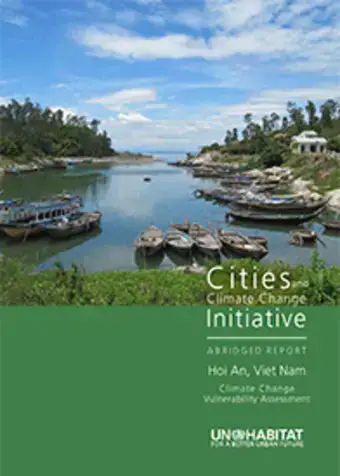
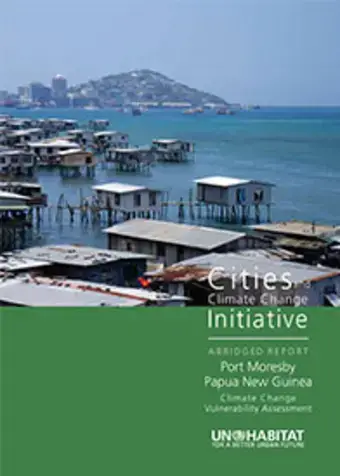
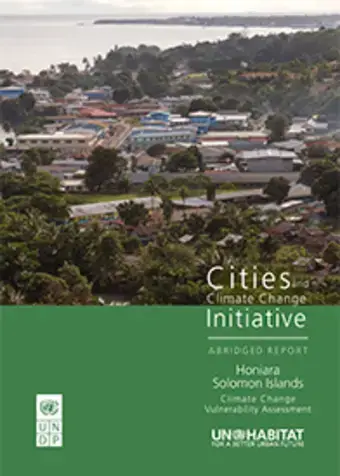
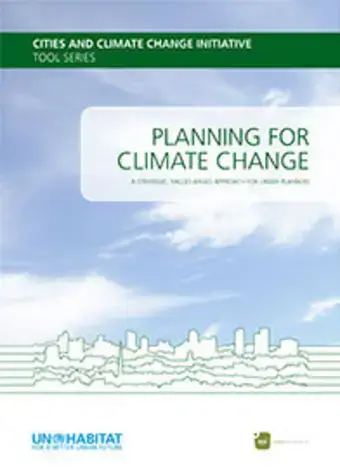
 UN-Habitat Cities and Climate Change Initiative Newsletter.
UN-Habitat Cities and Climate Change Initiative Newsletter.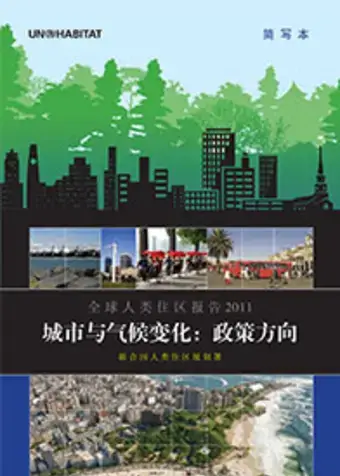
 UN-Habitat Cities and Climate Change Initiative.
UN-Habitat Cities and Climate Change Initiative. UN-Habitat Cities and Climate Change Initiative Newsletter.
UN-Habitat Cities and Climate Change Initiative Newsletter.